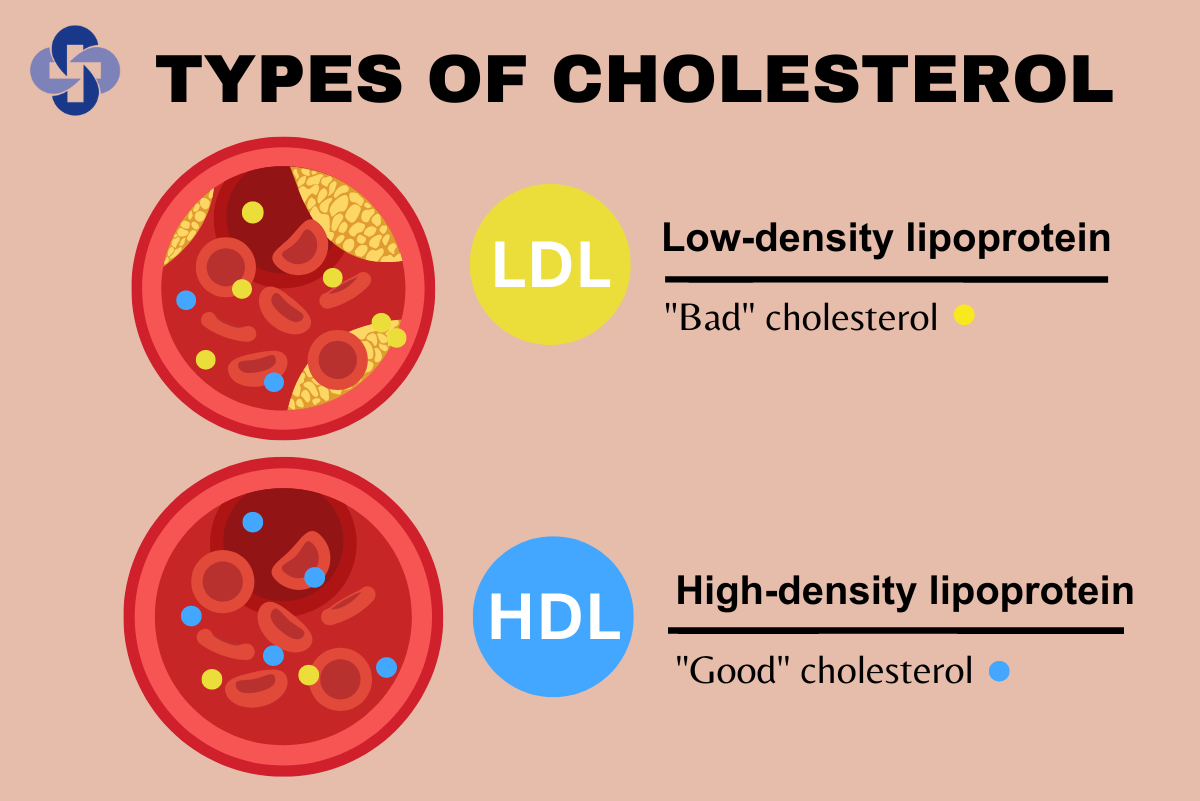The Link Between LDL and Cardiovascular Disease
By National Heart, Lung and Blood Institute
Scientists at the National Institutes of Health (NIH) have achieved a critical milestone in understanding the mechanisms behind the accumulation of “bad” cholesterol, or low-density lipoprotein cholesterol (LDL-C), in the body.
For the first time, researchers have demonstrated how the
primary structural protein in LDL interacts with its receptor, initiating the
process of LDL clearance from the bloodstream. They also identified the
consequences of disruptions in this process.
Published in Nature, the findings enhance our
knowledge of how LDL contributes to heart disease—the leading cause of death
worldwide—and may pave the way for more tailored LDL-lowering therapies, such
as personalized statin treatments, to improve their effectiveness.
The Link Between LDL and Cardiovascular Disease
“LDL is one of the main drivers of cardiovascular disease
which kills one person every 33 seconds, so if you want to understand your
enemy, you want to know what it looks like,” said Alan Remaley, M.D., Ph.D.,
co-senior author on the study who runs the Lipoprotein Metabolism Laboratory at
NIH’s National Heart, Lung, and Blood Institute.
Until now scientists have been unable to visualize the
structure of LDL, specifically what happens when it links up with its receptor,
a protein known as LDLR. Typically, when LDL binds to LDLR, the process of
clearing LDL from the blood begins. But genetic mutations can prevent that
work, causing LDL to build up in the blood and get deposited into the arteries
as plaque, which can lead to atherosclerosis, a precursor for heart disease.
In the new study, the researchers were able to use high-end
technology to get a view of what’s happening at a critical stage of that
process and see LDL in a new light.
“LDL is enormous and varies in size, making it very
complex,” explained Joseph Marcotrigiano, Ph.D., chief of the Structural
Virology Section in the Laboratory of Infectious Diseases at NIH’s National
Institute of Allergy and Infectious Diseases and co-senior author on the study.
“No one’s ever gotten to the resolution we have. We could see so much detail
and start to tease apart how it works in the body.”
Advanced Techniques Uncover New Insights
Using advanced imaging technique called cryo-electron
microscopy, the researchers were able to see the entirety of the structural
protein of LDL when it is bound to LDLR. Then, with artificial
intelligence-driven protein prediction software, they were able to model the
structure and locate the known genetic mutations that result in increased LDL.
The developers of the software, who were not involved in the study, were
recently awarded the 2024 Nobel Prize in Chemistry.
The researchers found that many of the mutations that mapped
to the location where LDL and LDLR connected, were associated with an inherited
condition called familial hypercholesterolemia (FH). FH is marked by defects in
how the body uptakes LDL into its cells, and people with it have extremely high
levels of LDL and can have heart attacks at a very young age. They found that
FH-associated variants tended to cluster in particular regions on LDL.
The study findings could open new avenues to develop
targeted therapies aimed at correcting these kinds of dysfunctional
interactions caused by mutations. But, as importantly, the researchers said,
they could also help people who do not have genetic mutations, but who have
high cholesterol and are on statins, which lower LDL by increasing LDLR in
cells. By knowing precisely where and how LDLR binds to LDL, the researchers
say they may now be able to target those connection points to design new drugs
for lowering LDL from the blood.
Reference: “Structure of apolipoprotein B100 bound to the
low-density lipoprotein receptor” by Mart Reimund, Altaira D. Dearborn, Giorgio
Graziano, Haotian Lei, Anthony M. Ciancone, Ashish Kumar, Ronald Holewinski,
Edward B. Neufeld, Francis J. O’Reilly, Alan T. Remaley and Joseph
Marcotrigiano, 11 December 2024, Nature.
DOI: 10.1038/s41586-024-08223-0
This work was supported by the Intramural Research Programs
of the National Heart, Lung, and Blood Institute, the National Institute of
Allergy and Infectious Diseases, the National Cancer Institute, and the
High-Value Datasets program from the NIH Office of Data Science Strategy.
